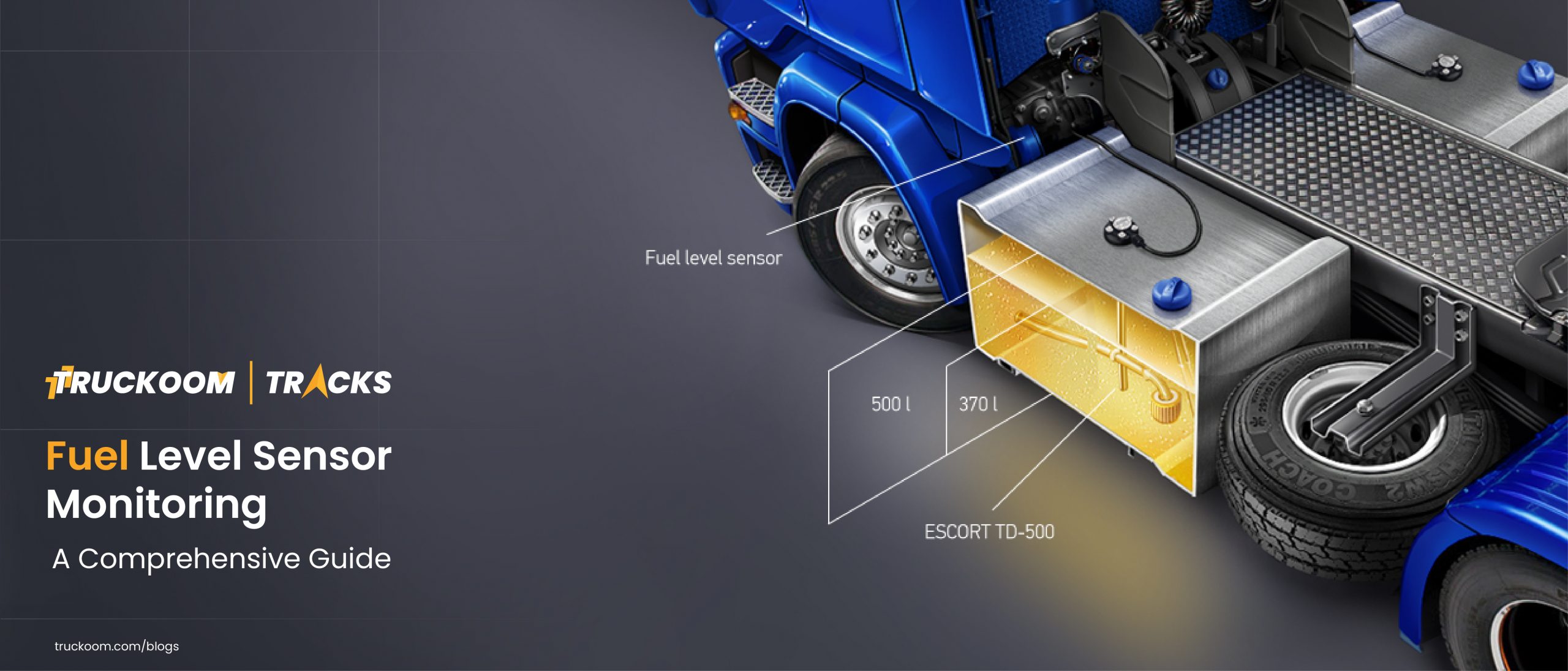In the realm of vehicle management, the integration of external fuel monitoring sensors has emerged as a game-changer, offering consumers unprecedented insights into their fuel usage and driving habits. These sensors employ cutting-edge technology to monitor fuel levels, track consumption patterns, monitor cost and optimize efficiency, thereby empowering consumers to make informed decisions and maximize savings.
How External Fuel Monitoring Sensors Work
External fuel monitoring sensors are typically installed in the tank or along the fuel line of a vehicle, depending on the system’s design and specifications. These sensors utilize various methods to measure fuel levels accurately and transmit data to a centralized monitoring unit or a connected mobile application.
- Ultrasonic Sensors: Ultrasonic sensors emit high-frequency sound waves that bounce off the surface of the fuel in the tank. By measuring the time it takes for these waves to return, the sensor calculates the fuel level with precision, providing real-time data to the consumer.
- Capacitance Sensors: Capacitance sensors rely on changes in electrical capacitance to determine fuel levels. As the level fluctuates, it affects the capacitance between the sensor’s electrodes, enabling accurate measurement and monitoring of consumption.
- Pressure Sensors: Pressure sensors gauge fuel levels by detecting the pressure exerted by the it in the tank. As the fuel level rises or falls, the pressure changes accordingly, allowing the sensor to relay accurate information about fuel levels to the consumer.

How They Benefit Consumers
- Improved Fuel Efficiency: External fuel monitoring sensors empower consumers to optimize their driving behavior and reduce fuel consumption. By tracking fuel usage patterns and identifying inefficiencies, consumers can adopt eco-friendly driving practices and save money on fuel expenses in the long run.
- Preventative Maintenance: These sensors provide early detection of potential fuel system issues, such as leaks or fuel theft, allowing consumers to take proactive measures and avoid costly repairs down the line. By addressing issues promptly, consumers can ensure the longevity and performance of their vehicles.
- Enhanced Convenience: With real-time fuel level monitoring accessible via mobile applications or dashboard displays, consumers can conveniently track their fuel levels and plan refueling stops accordingly. This feature is particularly valuable for long-distance travel and fleet management, where efficiency and timeliness are paramount.
- Cost Savings: By promoting fuel-efficient driving practices and facilitating proactive maintenance, external fuel monitoring sensors contribute to significant cost savings for consumers over time. Reduced consumption, lower maintenance expenses, and enhanced vehicle longevity translate into tangible financial benefits for consumers.
Conclusion
External fuel monitoring sensors represent a transformative advancement in vehicle technology, offering consumers unprecedented visibility and control over their usage and driving habits. By leveraging state-of-the-art sensors and data analytics, consumers can optimize efficiency, mitigate risks, and streamline vehicle management processes with ease. As the automotive industry continues to embrace innovation, external fuel monitoring sensors stand out as a prime example of technology-driven solutions that empower consumers and redefine the driving experience for the better.




